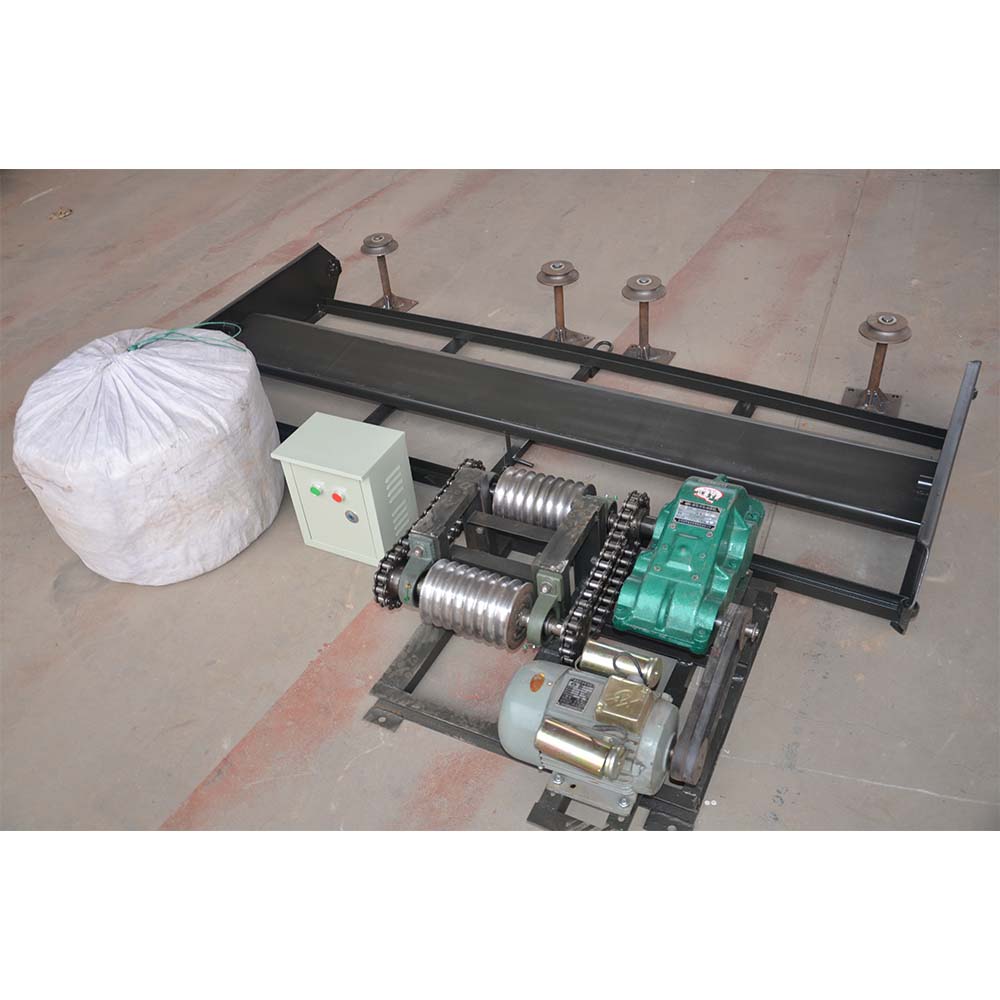Optimal Blending Techniques for Cattle Feed Mixers to Enhance Livestock Nutrition and Growth Performance
Jul . 27, 2024 01:27 Back to list
Optimal Blending Techniques for Cattle Feed Mixers to Enhance Livestock Nutrition and Growth Performance
Understanding Cattle Feed Mixers A Key to Efficient Livestock Management
Cattle feed mixers play a crucial role in the livestock industry, significantly impacting the health and productivity of cattle. As farming practices evolve, the demand for efficient feed preparation rises, making these machines essential for both large-scale operations and smaller farms. This article explores the importance of cattle feed mixers, their types, and the benefits they offer to farmers.
Importance of Cattle Feed Mixers
Cattle, much like any other livestock, require a balanced diet to thrive. The right combination of nutrients directly influences their growth, milk production, and overall health. Cattle feed mixers facilitate the process of creating this balanced diet by ensuring various feed ingredients are thoroughly mixed. This is particularly important for ensuring that different vitamins and minerals are evenly distributed, preventing nutritional deficiencies or imbalances that could affect cattle performance.
Moreover, using a feed mixer improves feeding efficiency. Traditional feeding methods often lead to feed wastage and unequal distribution among animals. With a mixer, farmers can produce a homogenous mixture that allows each animal to receive its fair share of the nutrients, enhancing overall feed consumption.
Types of Cattle Feed Mixers
There are several types of cattle feed mixers available on the market, each designed to meet different needs
1. Vertical Mixers These are among the most common types. They consist of a vertical auger that moves feed from the bottom of the mixer to the top. This design allows for thorough mixing of various feed components, ensuring that ingredients of different sizes and weights are well integrated.
2. Horizontal Mixers These mixers utilize a horizontal auger and are ideal for larger operations. They have a larger capacity compared to vertical mixers and are good for blending larger quantities of feed quickly.
3. Mobile Mixers For farms that require flexibility, mobile mixers can be a great option. They are designed to be transported easily from one location to another, allowing farmers to prepare feed on-site, reducing the need for multiple transport trips.
cattle feed mixers

4. TMR Mixers (Total Mixed Ration) These mixers are specifically designed to create a complete diet for cattle. They combine roughage, grains, protein, and other supplements in one uniform mixture, which maximizes feed intake and promotes better digestion among animals.
Benefits of Using Cattle Feed Mixers
Investing in a cattle feed mixer brings numerous benefits
- Time Efficiency Mixers significantly reduce the time required for preparing feed, allowing farmers to allocate their time to other important tasks in livestock management.
- Cost-Effectiveness By minimizing feed wastage and improving feed efficiency, mixers can ultimately lead to cost savings. This is especially important as feed prices continue to rise.
- Improved Animal Health A well-mixed feed ensures that cattle receive a balanced diet, leading to better health outcomes. Healthy cattle result in increased productivity, whether in terms of milk yield or weight gain.
- Enhanced Precision Modern mixers often come with technological features that allow for precise ingredient measurement, ensuring that each batch of feed meets the specific nutritional requirements of the herd.
Conclusion
Cattle feed mixers are indispensable tools in modern livestock management, offering numerous advantages that contribute to the efficiency and effectiveness of cattle farming. By ensuring a balanced and nutritious diet, these machines play a significant role in promoting the health and productivity of cattle, ultimately benefiting farmers as well. As the industry continues to innovate, the role of feed mixers will only become more essential, ensuring that the agricultural sector can meet the growing demands for quality livestock products.
-
Hot Sale 24 & 18 Door Rabbit Cages - Premium Breeding Solutions
NewsJul.25,2025
-
Automatic Feeding Line System Pan Feeder Nipple Drinker - Anping County Yize Metal Products Co., Ltd.
NewsJul.21,2025
-
Automatic Feeding Line System Pan Feeder Nipple Drinker - Anping County Yize Metal Products Co., Ltd.
NewsJul.21,2025
-
Automatic Feeding Line System - Anping Yize | Precision & Nipple
NewsJul.21,2025
-
Automatic Feeding Line System - Anping Yize | Precision & Nipple
NewsJul.21,2025
-
Automatic Feeding Line System-Anping County Yize Metal Products Co., Ltd.|Efficient Feed Distribution&Customized Animal Farming Solutions
NewsJul.21,2025






